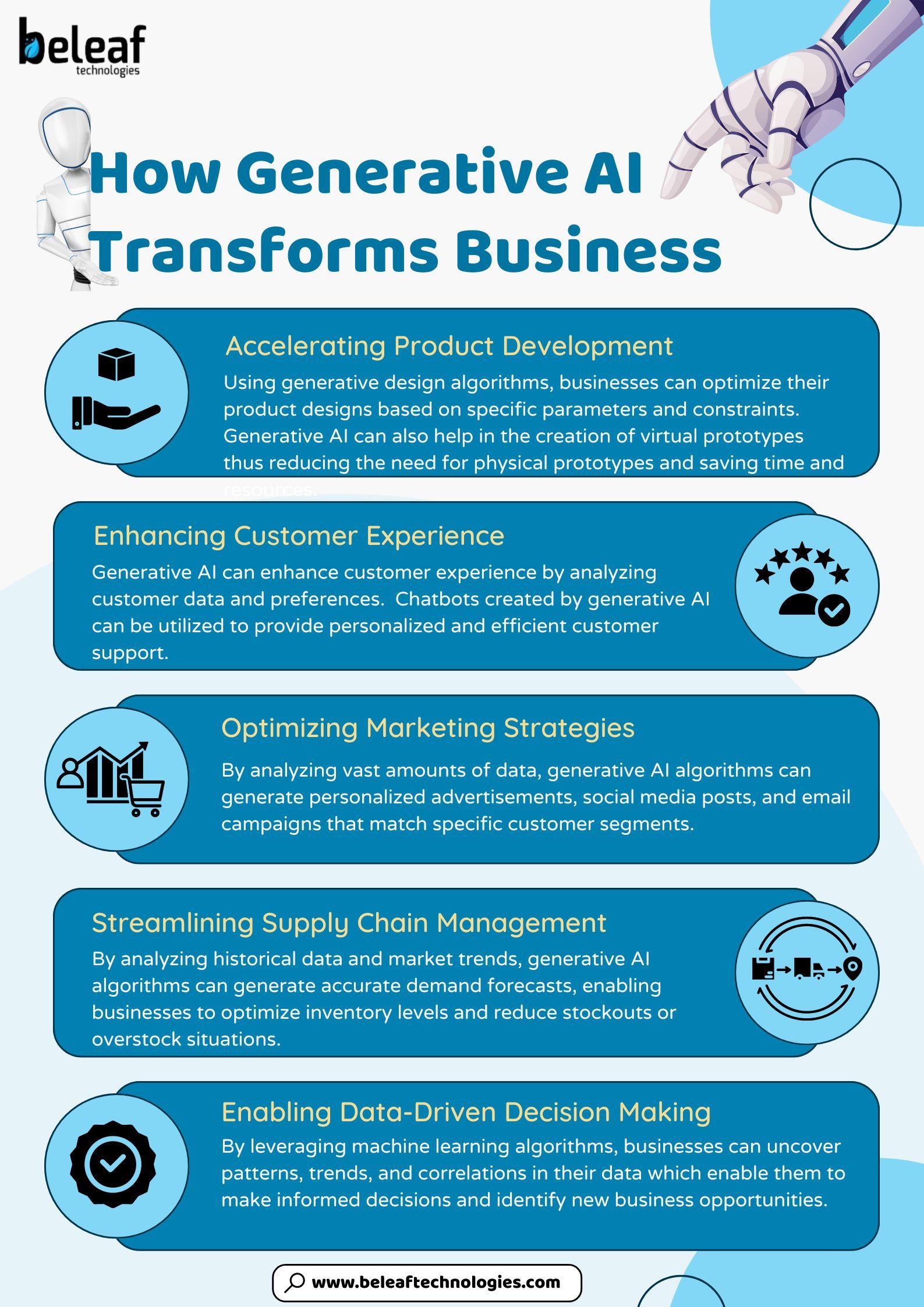Facial Recognition Market Size & Share, Growth, Forecast
The global Facial Recognition Market is estimated to be worth USD 6.3 billion in 2023 and is projected to reach USD 13.4 billion by 2028, at a CAGR of 16.3% during the forecast period. Accelerated adoption of facial recognition technology during and after the pandemic is driving the growth of the facial recognition market.
Download PDF Sample:
https://www.marketsandmarkets.com/pdfdownloadNew.asp?id=995
The global reaction to the COVID-19 outbreak is strongly linked to the driving force behind contactless solutions, including facial recognition technology. The pandemic created a general need to improve cleanliness and minimize physical touch, spurring a boom in the use of facial recognition in various industries. This trend has seen the rise of facial recognition as a significant factor, especially in authentication and access management applications.
By Deployment Mode, the on-premises segment accounts for a larger market share.
The on-premises segment is estimated to account for a larger market share during the forecast period. On-premises facial recognition refers to software and hardware systems installed locally within an organization's facilities, rather than cloud-based services. On-premises deployments allow organizations to retain complete control and security of biometric data and integrate with existing infrastructure like access control and security cameras. Key benefits of on-site deployment include data sovereignty, lower latency responses, the ability to function offline, and avoidance of recurring cloud subscription costs. Its typical use cases include building access, employee time tracking, and loss prevention in retail stores or casinos.
The large enterprise segment accounts for a larger market share based on organization size.
The large enterprises segment is estimated to account for a larger market share during the forecast period. Large enterprises across key sectors like technology, financial services, healthcare, and manufacturing have rapidly adopted facial recognition technology over the last few years. The driving factors include enhanced security, workplace automation, and seamless customer experiences. Its conventional applications include automated employee authentication for facility access control, time-tracking, increased safety/surveillance, and personalized customer engagement. While most large companies acknowledge public concerns surrounding consent, biases, and mass surveillance, pragmatic implementations focused on workplace security, operations optimization, and customer convenience continue accelerating. With decreasing costs and improving accuracy, enterprise adoption is expected to grow significantly despite increasing regulation.
Asia Pacific to grow at the highest CAGR during the forecast period.
During the forecast period, the Asia Pacific region is poised to exhibit the highest CAGR in the facial recognition market. Facial recognition technology has gained significant traction in Asia and has become a focal point for governments, businesses, and various sectors. The Asia Pacific region has witnessed widespread adoption of facial recognition across diverse applications, ranging from security and surveillance to finance, retail, and healthcare. Governments in the area have been actively deploying facial recognition for public safety and law enforcement purposes. The technology is employed in airports, border crossings, and public spaces to enhance security measures and monitor potential threats, driving the adoption of facial recognition technology in the region.
Inquiry Before Buying:
https://www.marketsandmarkets.com/Enquiry_Before_BuyingNew.asp?id=995
Market Players
The major players in the facial recognition market are NEC (Japan), Microsoft (US), Thales (France), AWS (US), IDEMIA (France), Aware (US), Daon (Ireland), Megvii (China), Facephi (Spain), Herta Security (Spain), OneSpan (US), Q3 Technologies (US), Neurotechnology (Lithuania), Cognitec Systems (Germany), Ayonix (Japan), NVISO.ai (Switzerland), FaceFirst (US), Clarifai (US), Iproov (UK), Oosto (Israel), Pangiam (US), Clearview AI (US), Corsight AI (Israel), Facia (UK) Veridium (US), and Visage Technology (Sweden).
Facial Recognition Market Size & Share, Growth, Forecast
The global Facial Recognition Market is estimated to be worth USD 6.3 billion in 2023 and is projected to reach USD 13.4 billion by 2028, at a CAGR of 16.3% during the forecast period. Accelerated adoption of facial recognition technology during and after the pandemic is driving the growth of the facial recognition market.
Download PDF Sample: https://www.marketsandmarkets.com/pdfdownloadNew.asp?id=995
The global reaction to the COVID-19 outbreak is strongly linked to the driving force behind contactless solutions, including facial recognition technology. The pandemic created a general need to improve cleanliness and minimize physical touch, spurring a boom in the use of facial recognition in various industries. This trend has seen the rise of facial recognition as a significant factor, especially in authentication and access management applications.
By Deployment Mode, the on-premises segment accounts for a larger market share.
The on-premises segment is estimated to account for a larger market share during the forecast period. On-premises facial recognition refers to software and hardware systems installed locally within an organization's facilities, rather than cloud-based services. On-premises deployments allow organizations to retain complete control and security of biometric data and integrate with existing infrastructure like access control and security cameras. Key benefits of on-site deployment include data sovereignty, lower latency responses, the ability to function offline, and avoidance of recurring cloud subscription costs. Its typical use cases include building access, employee time tracking, and loss prevention in retail stores or casinos.
The large enterprise segment accounts for a larger market share based on organization size.
The large enterprises segment is estimated to account for a larger market share during the forecast period. Large enterprises across key sectors like technology, financial services, healthcare, and manufacturing have rapidly adopted facial recognition technology over the last few years. The driving factors include enhanced security, workplace automation, and seamless customer experiences. Its conventional applications include automated employee authentication for facility access control, time-tracking, increased safety/surveillance, and personalized customer engagement. While most large companies acknowledge public concerns surrounding consent, biases, and mass surveillance, pragmatic implementations focused on workplace security, operations optimization, and customer convenience continue accelerating. With decreasing costs and improving accuracy, enterprise adoption is expected to grow significantly despite increasing regulation.
Asia Pacific to grow at the highest CAGR during the forecast period.
During the forecast period, the Asia Pacific region is poised to exhibit the highest CAGR in the facial recognition market. Facial recognition technology has gained significant traction in Asia and has become a focal point for governments, businesses, and various sectors. The Asia Pacific region has witnessed widespread adoption of facial recognition across diverse applications, ranging from security and surveillance to finance, retail, and healthcare. Governments in the area have been actively deploying facial recognition for public safety and law enforcement purposes. The technology is employed in airports, border crossings, and public spaces to enhance security measures and monitor potential threats, driving the adoption of facial recognition technology in the region.
Inquiry Before Buying: https://www.marketsandmarkets.com/Enquiry_Before_BuyingNew.asp?id=995
Market Players
The major players in the facial recognition market are NEC (Japan), Microsoft (US), Thales (France), AWS (US), IDEMIA (France), Aware (US), Daon (Ireland), Megvii (China), Facephi (Spain), Herta Security (Spain), OneSpan (US), Q3 Technologies (US), Neurotechnology (Lithuania), Cognitec Systems (Germany), Ayonix (Japan), NVISO.ai (Switzerland), FaceFirst (US), Clarifai (US), Iproov (UK), Oosto (Israel), Pangiam (US), Clearview AI (US), Corsight AI (Israel), Facia (UK) Veridium (US), and Visage Technology (Sweden).




